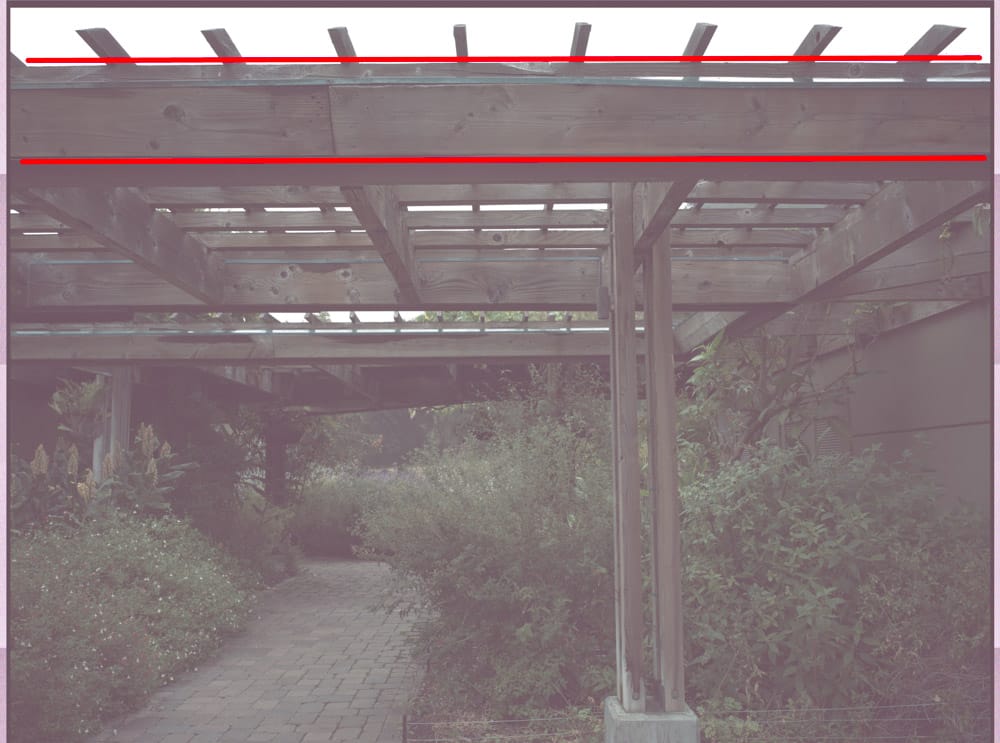This is the 15th in a series of posts on the Hasselblad X2D 100C camera and the XCD lenses. You will be able to find all the posts in this series by looking at the righthand column on this page and finding the Category “X2D”.
I decided to take a look at the distortion of the Hasselblad XCD 38 mm f/2.5 on the X2D. This being a thoroughly modern lens on an equally-modern camera, there are two kinds of distortion to consider. The first is the distortion the lens produces on the sensor, and the second is what you see after the distortion has been corrected automagically in your raw developer.
“Wait a minute!” I hear you saying, “If the distortion is corrected without my doing anything, how can we look at what it was before it was corrected?”
Good question.
The camera does not actually correct the distortion. It merely puts instructions in the metadata that tell the raw developer to correct the distortion. Some raw developers, like Lightroom (Lr) and Adobe Camera Raw, look at the metadata and silently perform the corrections. Then you never see what the lens is actually doing. But some raw developers either ignore the correction instructions entirely or allow the user to defeat them. I used RawDigger to evade the corrections — which Lightroom may or may not be performing for a lens this new.
There is a tiny bit of pin cushion distortion.
Developed in Lightroom:
I looks like Lr isn’t performing any distortion corrections. But this lens really doesn’t need any such corrections, unless you’re fanatical about distortion.
I am surprised that this lens is so good uncorrected. Hasselblad was one of the first companies to embrace designing lenses to be smaller and simpler because they were meant to be used with software correction.


Leave a Reply